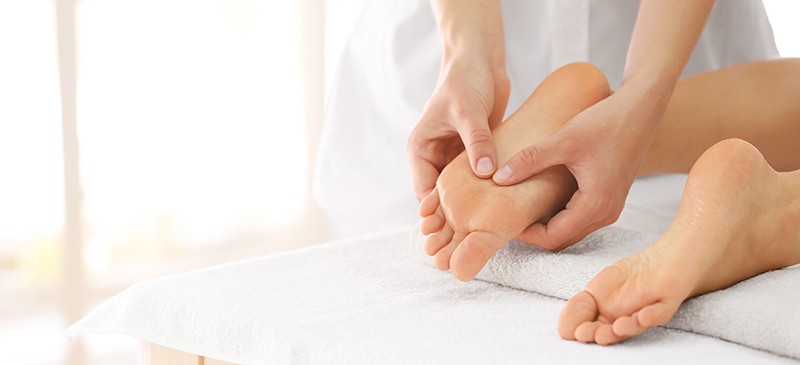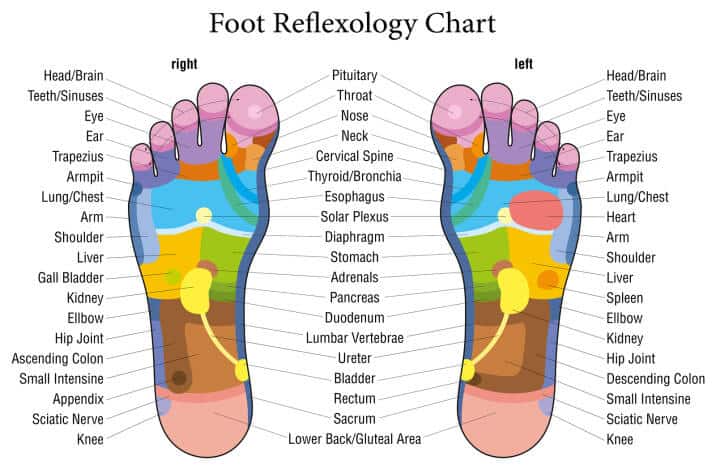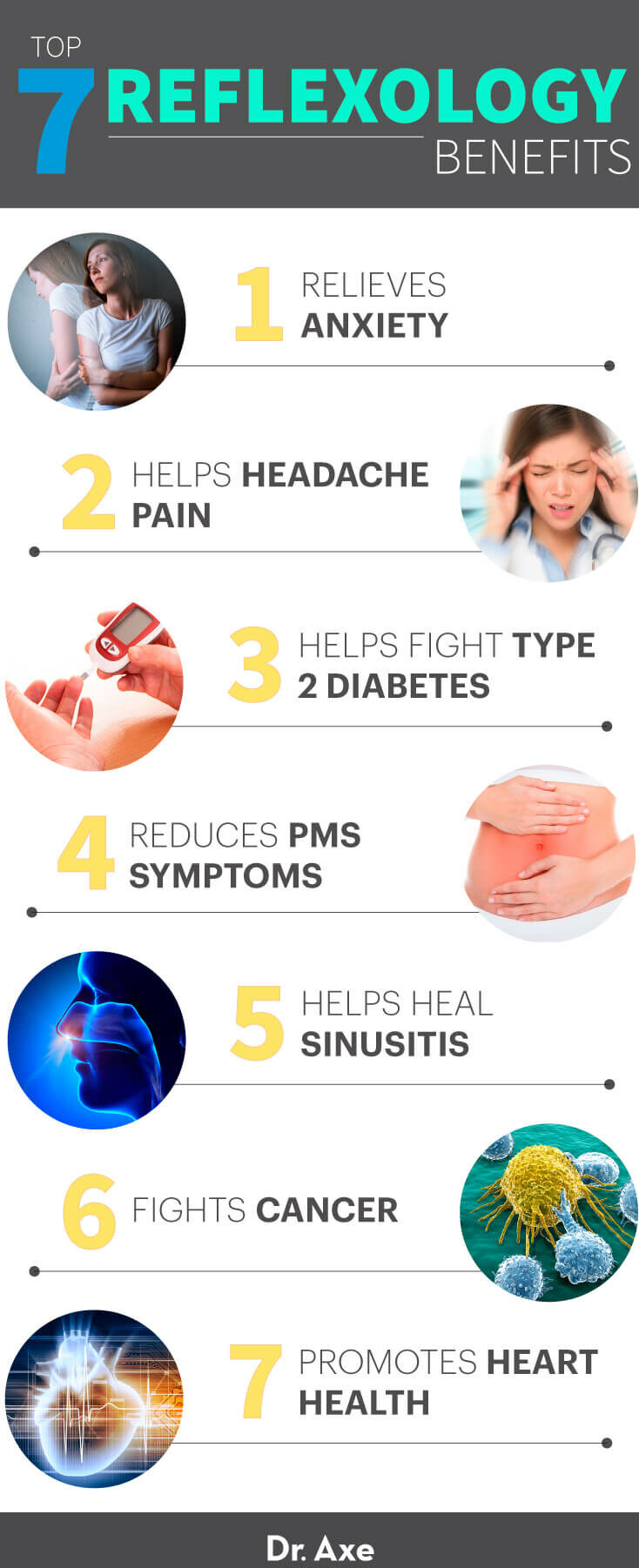This Dr. Axe content is medically reviewed or fact checked to ensure factually accurate information.
With strict editorial sourcing guidelines, we only link to academic research institutions, reputable media sites and, when research is available, medically peer-reviewed studies. Note that the numbers in parentheses (1, 2, etc.) are clickable links to these studies.
The information in our articles is NOT intended to replace a one-on-one relationship with a qualified health care professional and is not intended as medical advice.
This article is based on scientific evidence, written by experts and fact checked by our trained editorial staff. Note that the numbers in parentheses (1, 2, etc.) are clickable links to medically peer-reviewed studies.
Our team includes licensed nutritionists and dietitians, certified health education specialists, as well as certified strength and conditioning specialists, personal trainers and corrective exercise specialists. Our team aims to be not only thorough with its research, but also objective and unbiased.
The information in our articles is NOT intended to replace a one-on-one relationship with a qualified health care professional and is not intended as medical advice.
Reflexology Benefits Anxiety, Headache & Sinusitis
August 23, 2024

Reflexology is an ancient healing art that has a large amount of personal testimonies praising its worth.
One of the most significant studies on reflexology was published in the journal Multiple Sclerosis and found that “specific reflexology treatment was of benefit in alleviating motor, sensory and urinary symptoms in MS patients.”
As many people who have participated in Eastern medicine know, the body’s internal organs and nervous system are connected to various areas of the body, including the feet.
In this article, I will demonstrate the benefits of reflexology, how it works and its use as an ancient healing therapy.
What Is Reflexology?
At the core of reflexology is vitalism, the popular concept that explains our bodies are governed by an innate intelligence that monitors and promotes self-healing.
Similar to how a gauze or bandage helps stimulate the natural blood-clotting response to cutting yourself by accident, reflexologists believe that their systematic approach to hand and foot massage stimulates the nervous system to trigger a healing response.
The history of reflexology is quite rich, as are the theories attempting to explain this mysterious healing art. Let’s take a look at each of these in a little more detail …
How It Works
As mysterious as its origin, the science behind reflexology has eluded researchers for years, and no one knows exactly why it works. Nonetheless, research studies across the globe pretty much all agree: Reflexology is quite effective at helping prevent and treat a plethora of health conditions.
There are four primary theories that best describe how reflexology works.
1. Central Nervous System Adaption Theory
This theory is based on the late 19th century discovery by Englishmen Sir Henry Head and Sir Charles Sherrington that uncovered a relationship between our skin and organs, in which external stimuli (i.e., application of pressure on the hands or feed) causes the nervous system to trigger a desired healing effect.
2. Gate Control Theory
The gate control theory refers to pain being an experience subjectively created by the brain, hence the pain-relieving characteristic of reflexology occurs because massage improves mood and stress.
3. Vital Energy Theory
Bordering on the ancient concept of yin and yang popular in Traditional Chinese Medicine and acupressure (energy healing), this theory claims that stress impedes the flow of the “vital energy” that exists in each human body — reflexology helps keep the flow uninhibited.
4. Zone Theory
Based on the principle that our hands and feet can be charted into “reflex zones” that correspond to organs and other parts of the body, the history of reflexology and zone therapy are so closely linked together that it deserves a much greater explanation. (See below.)

Benefits
After evaluating 168 studies and 78 health disorders, Dr. Barbara and Dr. Kevin Kunz identified four primary ways that reflexology helps people:
- Creates a relaxation effect
- Has an impact on organs
- Improves symptoms
- Reduces pain
The details and mechanisms behind these four positive effects are still uncertain.
Nonetheless, reflexology has been shown to be highly effective at helping the body manage the following seven health concerns, and I recommend giving it a try if you suffer from any of them.
1. Helps manage stress and anxiety
Anxiety and stress go hand-in-hand, and reflexology can help.
In 2002, a trial was conducted where 67 menopausal (ages 45 to 60) women were randomly given nine sessions of either reflexology or nonspecific foot massage (the control group).
Evaluating its effectiveness in treating anxiety based on the Women’s Health Questionnaire, researchers discovered that while reflexology was not shown to be more effective than non-specific foot massage in the treatment of psychological symptoms occurring during the menopause, it nonetheless led to a 50% decrease in anxiety, which surpassed the control group twofold.
A meta-analysis and metaregression of 26 randomized, controlled trials on foot reflexology published in 2020 found similar results. This report involved 2,366 people and determined that “foot reflexology intervention significantly improved adult depression, anxiety and sleep quality.”
2. May relieve headache pain
Researchers in Denmark in the 1990s took a look into how reflexology could help headache and migraine patients.
One of the landmark studies, published in a 1999 edition of Alternative Therapies in Health and Medicine, took 220 patients and had 78 reflexologists treat them for six months.
After just three months, 81% of the patients said that their treatments either considerably helped or completely healed their headache problems, and 19% who previously took drugs to manage their conditions were able to stop their medication altogether.
A 2017 pilot study found similar results. From November 2013 to November 2015, 48 women aged 33–58 who dealt with migraines for two to 10 years either received a series of 10 reflexology treatments two times per week or segmental massage for a series of 15 treatments three times per week.
After three months, both groups saw improvements in migraine symptoms, and the study authors concluded that both were safe alternatives for treating migraines, specifically noting that “patients with migraine obtain significant health benefits with feet reflexology.”
3. May help with type 2 diabetes
Several studies have been conducted on whether reflexology helps with nerve and pain-related conditions that type 2 diabetics commonly battle.
Research published in Evidence-Based Complementary and Alternative Medicine showed that reflexology not only helped reduce pain, improve nerve conductivity, and correct thermal and vibration sensitivity concerns in diabetics, but it also improved glycemic control.
Another randomized trial from 2015 revealed that “foot reflexology had a beneficial effect on feet impairment of people with type 2 diabetes mellitus,” while a 2023 study relayed that 20 minutes of reflexology at pancreatic area of palms “might have some effect in reducing blood glucose levels in patients with” type 2 diabetes.
That’s not all. One more randomized, controlled trial published in Complementary Therapies in Clinical Practice in 2021 found that foot reflexology “can be a useful for improving the glycemic control and diabetic peripheral neuropathy in the older adults with diabetes.”
4. Reduces PMS symptoms
Comparing how ibuprofen versus reflexology could potentially help women suffering from dysmenorrhea, 68 students with primary dysmenorrhea from the Iranian Isfahan University of Medical Sciences were treated with either a 400 milligrams of ibuprofen once every eight hours for three days during three consecutive monthly cycles or 10 reflexology sessions at 40 minutes for two consecutive monthly cycles.
It is important to note that the reflexology group only received two months of treatment, whereas the ibuprofen group had three months. In addition to being “associated with more reduction of intensity and duration of menstrual pain in comparison with ibuprofen therapy,” it appeared that reflexology actually promotes healing and not just pain management.
It was discovered that, during the third month when only ibuprofen was given (and no reflexology), the long-term healing effects of reflexology continued on and still surpassed the pain management quality of ibuprofen even though zero treatments were performed.
Further research published in 2019 confirmed these findings, concluding that “reflexology could relieve PMS symptoms,” nothing that “an increase in the length of reflexology time in each session increased its efficiency.”
Finally, a 2021 pilot study sought to evaluate if foot reflexology could relieve PMS symptoms in nursing students in Brazil. Overall, 17 nursing students with moderate to severe PMS received eight 30-minute reflexology sessions for weight weeks.
It turned out the reflexology protocol “significantly reduced the premenstrual symptoms,” including:
- difficulty concentrating
- insomnia
- hypersomnia
- feeling overwhelmed
- muscle/joint pain
- bloating
- weight gain
- anger/irritability
- anxiety/tension
- tearful
- depressed mood
- decreased interest in daily activities
- fatigue
- overeating
- breast tenderness
5. Helps treat sinusitis
Taking 150 adults with chronic sinus infection symptoms, University of Wisconsin School of Medicine researchers tested how they fared with nasal irrigation compared to reflexology for two weeks.
According to the study, “There was a significant and equivalent improvement in Rhinosinusitis Outcomes Measure 31 score after 2 weeks of intervention in each treatment group.”
All in all, 70% of the volunteers benefited from the treatment, and 35% reported to decreasing their sinus medication because of the treatments.
A 2023 comparative trial found similar results on patients with acute rhinosinusitis. After 10 days of treatment, patients who received reflexology treatments had a greater reduction in symptoms than those in control group.
6. May help combat cancer symptoms
British journal Nursing Standard published a controlled study where 100% of cancer patients said that they enjoyed significant improvement in their quality of life after just three reflexology treatments.
Some of the categories that they said were enhanced included:
- appearance
- appetite
- breathing
- communication
- constipation
- diarrhea
- fatigue
- fear of future
- isolation
- mobility
- mood
- nausea
- pain
- sleep
- urination
Several other studies have shown that reflexology can help naturally improve cancer symptoms, such as pain, quality of life and fatigue. For example, a 2019 study published in the Asian Pacific Journal of Cancer Prevention showed that fatigue severity was decreased significantly in breast cancer patients who received reflexology intervention.
7. Promotes heart health
Ever since a 1997 article published in the journal Complementary Therapies in Medicine, it has been well-established that reflexology can significantly reduce baroreceptor reflex sensitivity (a risk measure for heart disease). Fascinatingly, the results uncovered that there are certain pressure points on the feet that correspond to the same part of the brain as the baroreceptor reflex.
Since, other benefits of this practice for the heart have been revealed.
One randomized, clinical trial conducted on stage-2 hypertensive patients found foot reflexology effectively lowered heart rate and was “partially effective” in lowering blood pressure. Another study found that in patients with acute myocardial infarction had their chest pain attenuated after a 20-minute foot reflexology intervention.

Other potential benefits of reflexology people have reported include:
- boosting the immune system
- treating nerve problems
- treating colds and bacterial infections
- easing arthritis pain
- recovering from back issues
- improving digestion
- correcting hormonal imbalances
- boosting fertility
- improving MS symptoms
Reflexology and Zone Therapy
No one really knows the extent to which reflexology and similar hand/foot therapies were used in the ancient world. Nonetheless, various sources report that reflexology dates back 6,000 years to ancient China.
Ancient Egyptian tombs, for example, have markings portraying physicians apparently massaging their patients’ feet with the inscription: “Don’t hurt me,” with the practitioner’s reply, ” I shall act so you praise me.”
History tells us that the Roman Empire gained knowledge from Egypt, and the practice spread throughout the world in the course of several hundred years.
Interestingly, North American tribes are known to have utilized forms of foot therapy dating to pre-Columbian times, which suggests that ancient cultures “stumbled” upon this healing art form independent of themselves.
It was not until the 16th century that we can trace back reflexology to its modern form: to a healing art referred to as “Zone Therapy,” the direct precursor to reflexology.
Our history books are a little sketchy when it comes to the details, however, according to the International Institute of Reflexology: “Zone Therapy was used as far back as 1500 A.D. The American president, James Abram Garfield was said to apply pressure to his feet to relieve pain. During the 16th Century a number of books were published on Zone Therapy, one was written by Dr. Adamus and Dr. A’tatis and another by Dr. Ball in Leipzig.”
First coining the term “Zone Therapy” in the early 20th century, William Hope FitzGerald, M.D. (1872 – 1942) put together a systematic protocol that has become the basis for reflexology as we know it today.
Using a wide variety of tools including bands, combs, electricity, hooks, light energy, probes and stainless steel instruments to stimulate various pain-killing responses in the hands and feet, FitzGerald’s work was first brought to the public by Edwin Bowers in his 1915 article, “To stop that toothache, squeeze your toe,” which was published in Everybody’s Magazine.
As described by the magazine’s editor, Bruce Barton:
For almost a year Dr. Bowers has been urging me to publish this article on Dr. FitzGerald’s remarkable system of healing known as Zone Therapy. Frankly, I could not believe what was claimed for Zone Therapy, nor did I think that we could get magazine readers to believe it.
Finally, a few months ago, I went to Hartford unannounced, and spent a day in Dr. FitzGerald’s offices. I saw patients who had been cured of goiter; I saw throat and ear troubles immediately relieved by Zone Therapy; I saw nasal operations performed without any anesthetic whatever; and — in a dentist’s office — teeth extracted without any anesthetic except the analgesic influence of Zone Therapy.
Afterward I wrote to about fifty practicing physicians in various parts of the country who have heard of Zone Therapy and are using it for the relief of all kinds of cases, even to allay the pains of childbirth. Their letters are on file in my office.
Fitzgerald discovered something fascinating: The application of pressure on various zones of the hands and feet not only relieved pain, but also relieved the underlying cause as well.
Up until the 1930s, zone therapy remained a controversial healing art in the medical world and was generally only received by osteopaths and dentists.
Physical therapist Eunice Ingham (1889 – 1974) continued Fitzgerald’s work and painstakingly mapped the feet with all the corresponding organs and glands of the body as we know it today. Ingham’s work continues on as a legacy to reflexologists all across the world.
Risks and Side Effects
Since reflexology is a noninvasive and comfortable alternative therapy, it’s generally considered very safe, but certain people may want to take some precautions.
For instance, if you deal with any of the following health issues, you should consult with your doctor before trying reflexology:
- Circulatory problems in the feet
- Blood clots or inflammation of leg veins
- Gout
- Foot ulcers
- Fungal infections like athlete’s foot
- Open wounds on hands or feet
- Thyroid problems
- Epilepsy
- Low platelet count or other blood disorders that increase risk of bruising/bleeding
Some people have also reported temporary side effects after sessions, such as:
- Temporary discomfort or tenderness, especially if certain reflex points are sensitive
- Fatigue or drowsiness after a session
- Emotional release — experiencing unexpected emotions during or after treatment
- Lightheadedness
- Tender feet
- Emotional sensitivity
- Nausea
- Crying or feeling tearful
Conclusion
- Reflexology is an ancient healing art based on the principle that specific areas of the hands and feet correspond to organs and systems in the body. Practitioners believe that applying pressure to these areas can promote healing and alleviate various health conditions.
- While the exact mechanism is not fully understood, four main theories attempt to explain reflexology’s effectiveness: Central Nervous System, Adaption Theory, Gate Control Theory, Vital Energy Theory and Zone Theory.
- Some of the benefits of reflexology supported by research include anxiety relief, headache management, diabetes support, PMS symptom reduction, sinusitis treatment, cancer support, heart health promotion and more.
- While more research is needed to fully understand its mechanisms and efficacy, reflexology continues to be a popular complementary therapy for various health conditions.



